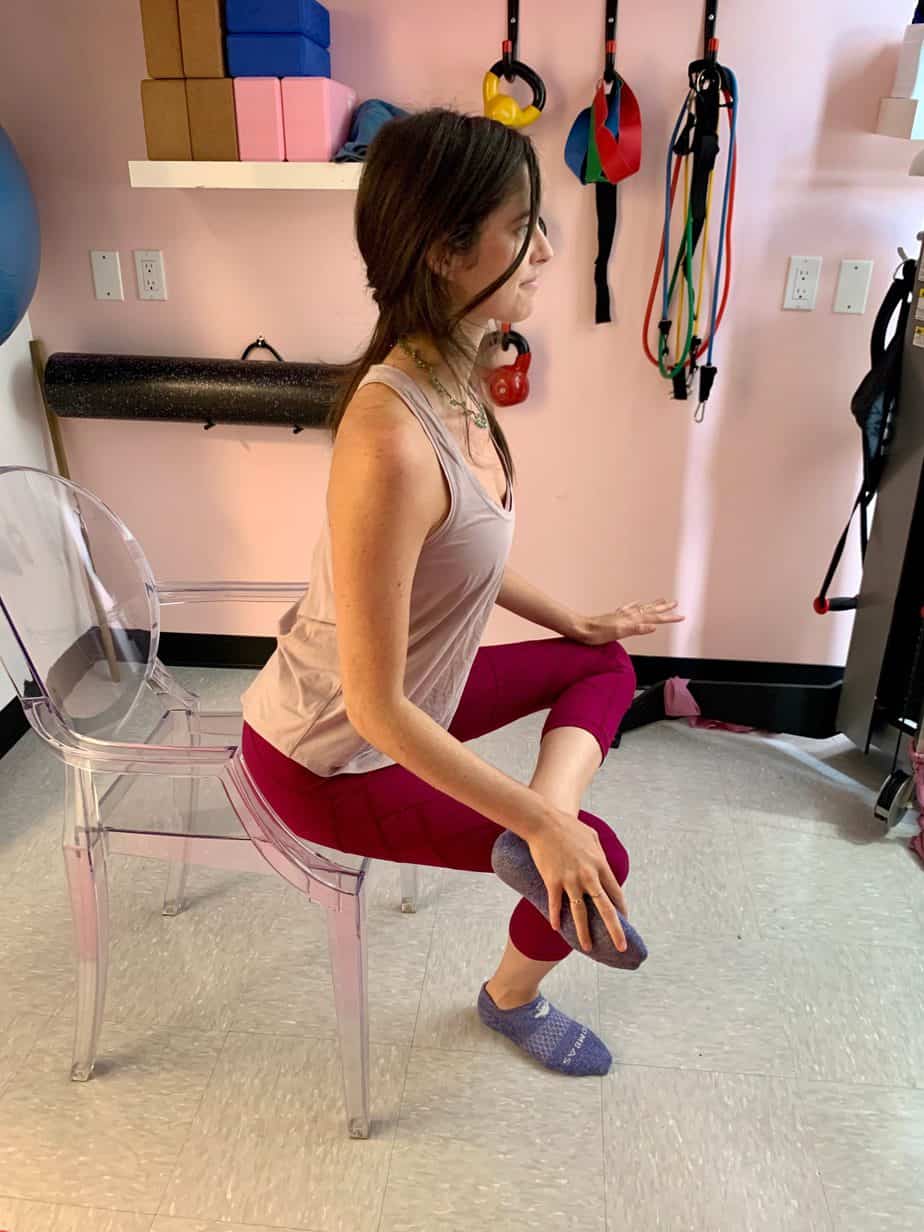Pain With Intercourse

Intercourse is not supposed to hurt. Seems obvious right? Yet according to the American College of Obstetricians and Gynecologists 3 out of 4 women report pain with sex at some point in their lives. Pain with sex includes pain with all aspects (pain with touch, penetration and thrusting). For some women, pain is temporary and can resolve on its own but for others pain can be persistent. Just because pain with sex can be a common occurrence does NOT mean it is normal. The goal of this post is to help you understand what can contribute to painful sex and what can be done to help.
Causes:
Some of the most common causes for pain with sex include:
- Tightness in the pelvic floor muscles
The pelvic floor muscles are supposed to stretch and tighten like any other muscle in our bodies. These muscles can become tightened and cause sexual activity to be extremely painful. Because most people do not know how to stretch these muscles, it is common for the muscles to get stuck in a tightened state.
- Dryness
Vaginal dryness can be very common in women of all ages. It is most common with post-menopausal and post-partum women. Dryness can not only lead to painful sex, but can also throw off the balance of good bacteria in the vagina. It is important to use lubricant to help decrease the risk of infection and decrease irritation of the vulvar and vaginal tissues.
- Infections
This can include yeast, bacteria, urinary tract or sexually transmitted infections. These infections can cause inflammation to the genital region resulting in pain during sex or other symptoms, such as irregular discharge.
- Psychological disorders
Stress, anxiety and depression can all contribute to the resting tone of our pelvic floor muscles and affect how we experience sexual stimuli. In addition, if our bodies perceive sex as painful, our pelvic floor muscle will further tighten in an effort to protect us. Thus making the problem worse sometimes leading into a continuous pain cycle.
How Can We Help?
Physical therapists are trained to evaluate and treat possible causes of pelvic pain including posture/alignment, joint dysfunction, nerve irritation and muscle tightness or weakness. A therapist will perform an evaluation, which may include an external and internal pelvic floor examination. Your therapist will provide an individualized program to help improve symptoms.







